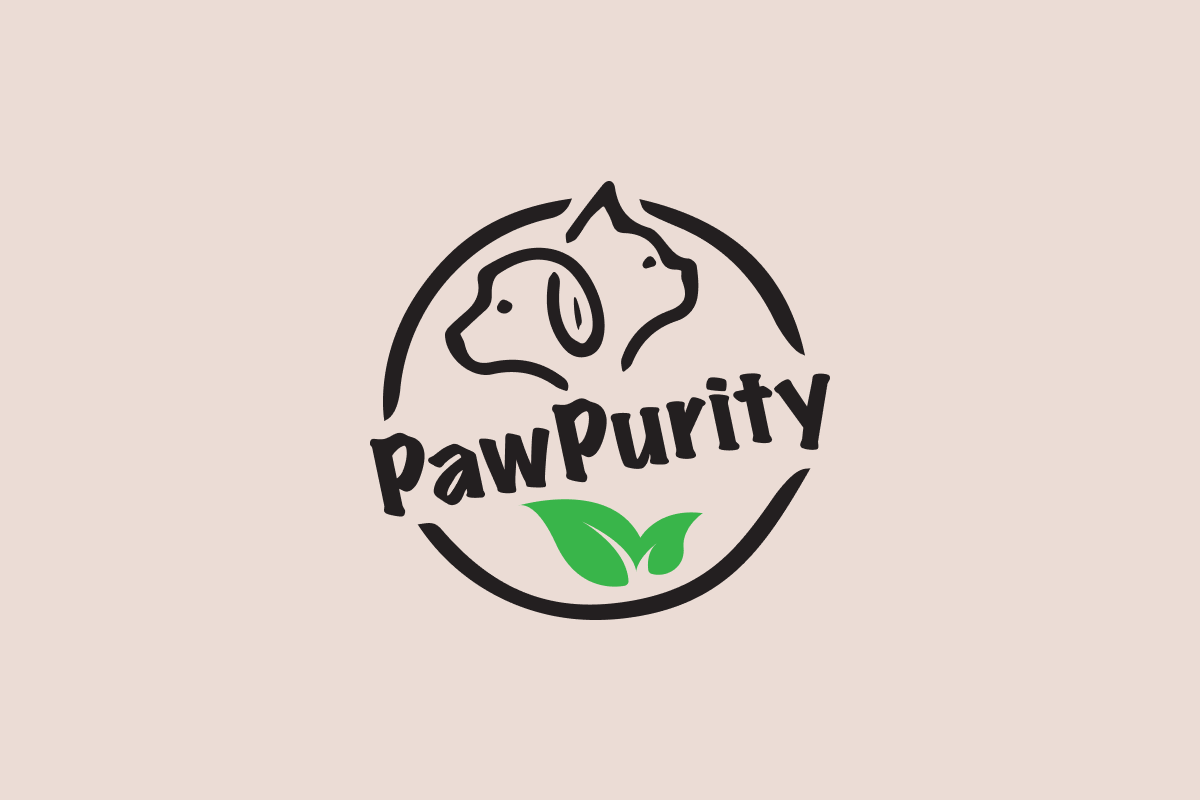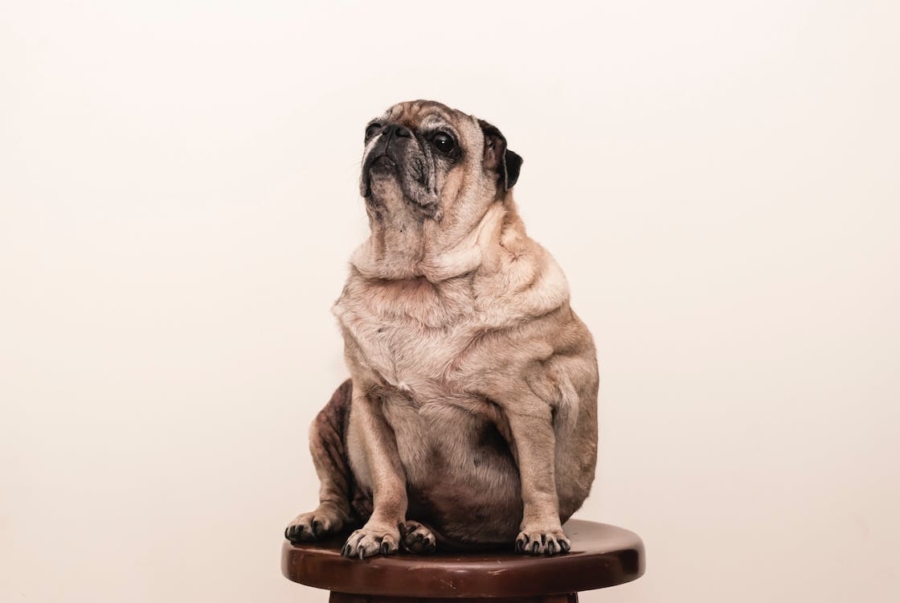Pet dander refers to the tiny particles of dead skin that animals, particularly dogs and cats, naturally shed. These minuscule flecks of skin can become airborne and settle on various surfaces in the environment such as furniture, carpets, and bedding. According to the American Lung Association, pet dander is a common trigger for allergic reactions, particularly in individuals with sensitivities or allergies to pets.
Pet dander is not limited to just the fur or hair of animals. It can be present in other sources as well, including saliva, urine, and feces. These particles are lightweight and can easily become airborne, making them difficult to completely eliminate from the environment. Understanding the nature of pet dander and its potential health effects is crucial for individuals who have allergies or respiratory sensitivities. By recognizing the presence of pet dander and implementing appropriate management strategies, it is possible to create a safer and more comfortable living environment for both pet owners and their furry companions.
Allergenic Proteins in Pet Dander
Allergenic proteins present in pet dander are the primary triggers for reactions in individuals with sensitivities. These proteins can cause the immune system to overreact, leading to the release of histamines and other inflammatory substances that result in allergy symptoms.

The National Institute of Health explains that the specific allergenic proteins found in pet dander can vary between different animal species. In the case of dogs, the primary allergenic protein is Can f 1, which is predominantly found in their saliva and sebaceous glands. Can f 1 can become airborne when saliva dries on the dog’s fur and flakes off as dander.
In cats, the major allergenic protein is Fel d 1, which is produced in the sebaceous glands of their skin. Fel d 1 is present in various secretions, including saliva, urine, and skin oils, and can easily become airborne and settle on surfaces as dander.
It is important to note that these allergenic proteins are lightweight and can remain in the environment for extended periods. They can adhere to furniture, carpets, and other surfaces, making it challenging to completely eliminate them.
Importance of Understanding and Managing Pet Dander
Understanding and managing pet dander is of utmost importance for several reasons.
- Firstly, pet dander can trigger allergic reactions in individuals who are sensitive or allergic to it. Allergies to pet dander are quite common and can cause significant discomfort and health issues. By understanding the nature of pet dander and its allergenic properties, individuals can take necessary precautions to minimize exposure and reduce the risk of allergic reactions.
- Secondly, effective management of pet dander is crucial for maintaining good respiratory health. Inhalation of pet dander particles can irritate the respiratory system, especially in individuals with pre-existing conditions such as asthma. By implementing strategies to reduce and control dander levels in the environment, individuals can minimize the risk of respiratory symptoms and maintain better lung health.
- Lastly, managing pet dander is essential for promoting a harmonious living environment for both pet owners and their pets. Excessive dander accumulation can lead to unpleasant odors, dirty and dusty living spaces, and increased house cleaning efforts. By taking proactive measures to manage dander, such as proper regular grooming, cleaning routines, and the use of air filtration systems, pet owners can create a cleaner and healthier home environment for themselves and their pets.
Comparison of Dander in Dogs and Cats
When comparing dander in dogs and cats, there are a few key points to consider:
- Amount of Dander: Cats generally produce more dander compared to dogs. Cats have a higher number of hair follicles per unit area on their skin, leading to more dander being shed. Additionally, cats are known for their meticulous grooming habits, which can further spread dander throughout their fur.
- Allergenic Proteins: The primary allergenic protein in dog dander is Can f 1 (Canis familiaris allergen 1), while the main allergenic protein in cat dander is Fel d 1 (Felis domesticus allergen 1). Both proteins are potent allergens and can cause allergic reactions in sensitive individuals. Fel d 1 tends to be more problematic for people with cat allergies, as it is small, sticky and easily becomes airborne.
- Particle Size and Airborne Distribution: Cat dander particles are generally smaller and lighter compared to dog dander particles. The smaller size of cat dander particles makes them more likely to remain suspended in the air for longer periods and to travel greater distances. Dog dander particles, being larger and heavier, tend to settle more quickly.
- Dander Removal: Both cat and dog dander can accumulate on surfaces such as furniture, carpets, and clothing. Regular cleaning, including vacuuming and dusting, can help reduce dander in the environment. However, it’s worth noting that dander can be persistent and difficult to completely eliminate.
- Individual Sensitivities: Allergic reactions to dander can vary from person to person. Some individuals may be more sensitive to dog dander, while others may react more strongly to cat dander. Allergies are highly individual, and someone may be allergic to one but not the other, or to both.
Remember that dander alone may not be the sole cause of allergies in individuals. Other factors, such as saliva or urine proteins, can also contribute to allergic reactions. If you or someone you know has allergies, it’s best to consult with a medical professional or allergist for proper diagnosis and advice.
Health Effects of Pet Dander
Pet dander can also have health effects on cats and dogs themselves, in addition to its impact on humans. Here are some of the potential health effects of pet dander on cats and dogs:

- Skin Irritation: Pets can experience skin irritation due to their own dander. The constant shedding of dander particles can cause itching, redness, and inflammation of the skin. This can lead to discomfort and excessive scratching, potentially resulting in secondary skin infections.
- Respiratory Issues: In some cases, pets can develop respiratory issues as a result of their own dander. Just like humans, pets can be allergic to the proteins present in their own dander. Inhalation of dander particles can trigger respiratory symptoms such as coughing, wheezing, and difficulty breathing in cats and dogs.
- Allergic Dermatitis: Some pets can develop allergic dermatitis, an allergic skin condition, in response to their own dander. When pets come into contact with their dander, it can cause an immune response leading to itching, redness, hair loss, and the formation of skin lesions.
- Compromised Coat and Fur: The presence of dander can impact the quality and appearance of a pet’s coat or fur. Excessive shedding of dander may lead to a dull, dry, or brittle coat. The dander can also become trapped in the fur, causing matting and tangles.
- Secondary Infections: Pets with underlying skin conditions or compromised immune systems may be more susceptible to secondary infections due to the presence of dander. Scratching and biting at irritated skin can create openings for bacteria or fungi to enter, leading to infections.
It’s important for pet owners to be aware of these potential health effects and take steps to manage dander levels. Regular grooming, such as brushing and bathing with an anti-dander natural shampoo can help reduce dander in pets. In cases of severe allergies or persistent health issues, it is recommended to consult a veterinarian for appropriate diagnosis and treatment.
How to limit pet dander to avoid allergies?
To limit pet dander and minimize the risk of allergies, consider the following measures:
- Regular Grooming: Regular grooming is crucial to reduce and manage dander in pets. Brushing your pet’s fur helps to remove loose hair and dander before it has a chance to circulate in the air or settle on surfaces. Ideally, groom your pet outside or have someone who is not allergic to dander perform the grooming.
- Bathing: Bathing your pet can help to reduce dander. Use a hypoallergenic shampoo and follow the appropriate bathing frequency for your pet’s breed and coat type. Be sure to dry your pet thoroughly after the bath. When using Intensive Nourishing Shampoo, packed on dead skin is broken down and loosened. Allow your pet’s hair/fur to dry. Then brush or youse a massage hand stroke your pet outside, going against the hair/fur shaft to dislodge any loose dander. This will also minimize shedding.
- Keep Pets Off Furniture and Beds: Restricting your pet’s access to furniture and beds can help minimize the accumulation of dander on these surfaces. Use washable covers for furniture and regularly launder them to remove any dander that may have accumulated.
- Vacuum Regularly: Vacuuming your home frequently helps to remove pet dander that may have settled on floors, carpets, and furniture. A vacuum cleaner equipped with a HEPA (High-Efficiency Particulate Air) filter to effectively capture and trap dander particles works best.
- Air Purifiers: Consider using air purifiers with HEPA filters to help remove airborne pet dander. Place them in rooms where you spend the most time or where your pet spends the majority of its time.
- Create Pet-Free Zones: Designate certain areas of your home as pet-free zones, such as bedrooms or areas where allergic individuals spend significant time. This helps to create dander-free spaces where individuals can find relief from allergens.
- Wash Bedding and Soft Furnishings: Regularly wash your pet’s bedding, blankets, and any other soft furnishings that they come into contact with. This helps to remove dander and reduce allergen exposure.
- Consult an Allergist: If you or a family member have allergies, consider consulting an allergist for proper diagnosis and advice. They can recommend personalized strategies to manage dander allergies and minimize exposure.
Remember, while these measures can help reduce pet dander, they may not eliminate allergies entirely. It’s important to consult with a healthcare professional for proper diagnosis and guidance on managing pet allergies.
#PetDander #DanderInDogs #Dandruff #Cats










